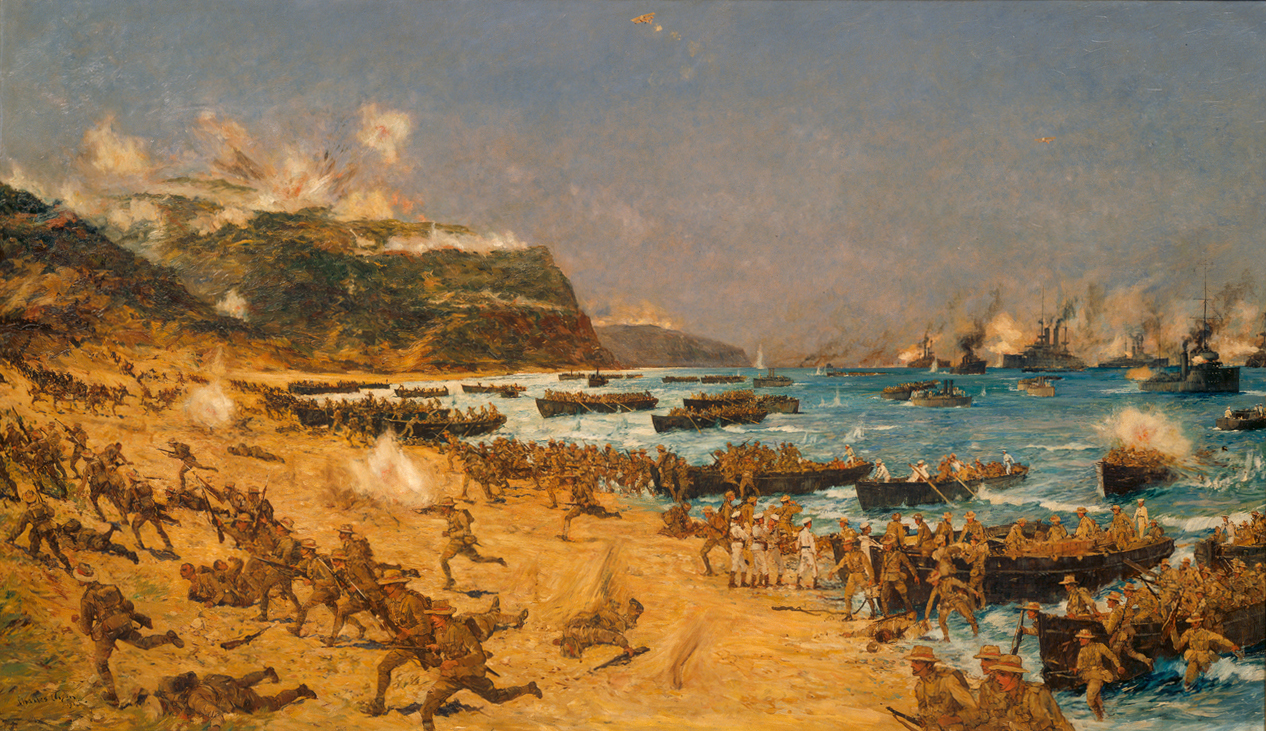 The ghost of Dunkirk has been a constant presence in Britain’s consciousness ever since the events that played out in this French coastal town in the spring of 1940. It scarred us but it has also provided a benchmark for endurance and stoicism, the ‘Dunkirk spirit’. But it’s easy to forget what exactly happened on that French beach. Now, 77 years on, we have Christopher Nolan’s latest film, Dunkirk.
The ghost of Dunkirk has been a constant presence in Britain’s consciousness ever since the events that played out in this French coastal town in the spring of 1940. It scarred us but it has also provided a benchmark for endurance and stoicism, the ‘Dunkirk spirit’. But it’s easy to forget what exactly happened on that French beach. Now, 77 years on, we have Christopher Nolan’s latest film, Dunkirk.
The tension kicks off within the first minute. It then doesn’t let go until the last. But before we get to the film, a quick paragraph of history…
Dunkirk – the background
On 10 May 1940, German forces launched their attack against France. Their advance was spectacular. By the end of the month, over a third of a million Allied troops were trapped in the French coastal town of Dunkirk, subject to German shells and attacks from the air. It was only a matter of days before the full-blown assault would come. Losses were heavy but by 4 June, the evacuation had brought back to Britain 338,226 British, French and other Allied soldiers. Plus 170 dogs. Soldiers put much store by their mascots.
A triptych
Dunkirk is a very visceral experience. You experience the fear and the vulnerability of the men stranded with little more than their rifles. Usually, whenever we have a film based on a huge event, for example, Titanic, there has to be a romantic subplot in there somewhere. Not so with Dunkirk, and it’s all the better for it. It’s also a very British experience. Although we catch a brief glimpse of a few French and colonial troops, we do not see a single German. The German is the unseen enemy, unseen but still too close for comfort. And when he does appear, hurling in his Messerschmitt towards our brave boys on the beach or on a vessel, the sound is frightening. It’s a film with surprisingly little dialogue. It’s also a war film with surprisingly little blood – there are no close-ups of limbs being ripped off, of men being blown to smithereens or in their death throes. Nolan was certainly chasing the lower age certificate here. Yet he manages to achieve this without diminishing his stranglehold on us.
 Sir George Pomeroy Colley was a Victorian general who met his death on 27 February 1881, whilst fighting the Boers in South Africa.
Sir George Pomeroy Colley was a Victorian general who met his death on 27 February 1881, whilst fighting the Boers in South Africa. Thick snow and heavy fog prevented the Americans from employing their airpower and the German advance of 250,000 men forced a dent in the American line (hence battle of the ‘Bulge’). Germans, dressed in American uniforms and driving captured US jeeps, caused confusion and within five days the Germans had surrounded almost 20,000 Americans at the crossroads of Bastogne. Their situation was desperate but when the German commander gave his American equivalent, Major-General Anthony McAuliffe, the chance to surrender, McAuliffe answered with just the one word – ‘Nuts’.
Thick snow and heavy fog prevented the Americans from employing their airpower and the German advance of 250,000 men forced a dent in the American line (hence battle of the ‘Bulge’). Germans, dressed in American uniforms and driving captured US jeeps, caused confusion and within five days the Germans had surrounded almost 20,000 Americans at the crossroads of Bastogne. Their situation was desperate but when the German commander gave his American equivalent, Major-General Anthony McAuliffe, the chance to surrender, McAuliffe answered with just the one word – ‘Nuts’. Pictured: German soldiers defending the French port of Dieppe against the Anglo-Canadian raid, 19 August 1942.
Pictured: German soldiers defending the French port of Dieppe against the Anglo-Canadian raid, 19 August 1942.
 It started with the usual preliminary bombardment. Lasting seven days, and involving 1,350 guns and 52,000 tonnes of explosives fired onto the German lines, British soldiers were assured that the 18-mile German
It started with the usual preliminary bombardment. Lasting seven days, and involving 1,350 guns and 52,000 tonnes of explosives fired onto the German lines, British soldiers were assured that the 18-mile German  At 7.20 am on
At 7.20 am on  On 14 July, following a partially successful nighttime attack, the British sent in the cavalry – a rare sight on the Western Front of World War One and one that stirred the romantic notions in old timers such as Haig. But the horses became bogged down in the mud, the Germans opened
On 14 July, following a partially successful nighttime attack, the British sent in the cavalry – a rare sight on the Western Front of World War One and one that stirred the romantic notions in old timers such as Haig. But the horses became bogged down in the mud, the Germans opened 
 The Americans, it was decided, would land on the two western beaches in Normandy,
The Americans, it was decided, would land on the two western beaches in Normandy,  On 24 May 1941, the Bismarck, on its first operation, had helped sink the
On 24 May 1941, the Bismarck, on its first operation, had helped sink the 